
- Shandong Loyal Industrial Co.,Ltd.
- SHORT-CUT PASTA PRODUCTION LINE LONG-CUT PASTA PRODUCTION LINE INSTANT PASTA PRODUCTION LINE
Home> Application> Mastering Efficiency: Full Automation Redefines Dry Pasta Production Lines

Mastering Efficiency: Full Automation Redefines Dry Pasta Production Lines
Shandong Loyal Industrial Co., Ltd. has incorporated advanced technologies from Buhler and Gidamak in the production of its macaroni.The evolution of pasta manufacturing has witnessed remarkable transformations, particularly in the realm of dry pasta production. This article delves into the historical context of dry pasta production and explores the challenges and opportunities faced by modern pasta manufacturing. With a spotlight on the significance of full automation, we examine how this approach addresses industry challenges and underscores the pivotal role of high efficiency in the context of dry pasta production lines.

Mastering Efficiency with Full Automation
In understanding full automation, we dissect the components of a fully automated dry pasta production line. Case studies are presented, showcasing successful implementations of full automation in pasta manufacturing. The exploration of technological features integrated into fully automated dry pasta production lines underscores the profound impacts of technology on enhancing efficiency and precision in the pasta production process.
Redefining Dry Pasta Production Lines
Traditional pasta production methods have long been constrained by manual processes and inherent inefficiencies. Full automation emerges as the solution, breaking free from these constraints and ushering in a new era for dry pasta production lines. By automating intricate tasks that were previously labor-intensive, the industry can now operate with heightened precision, speed, and consistency.
The key to mastering efficiency lies in achieving precision and consistency. In this section, we delve into the crucial role that full automation plays in attaining precise ingredient mixing and shaping of pasta. Through automation, the variability in product quality is significantly reduced, ensuring that every batch meets the highest standards of consistency, a feat that was challenging with traditional methods.
Success Stories and Case Studies
Real-world success stories unfold as we explore how pasta factories have successfully integrated fully automated systems into their production processes. These case studies provide tangible evidence of enhanced efficiency, reduced operational costs, and improved product quality. From renowned brands to local manufacturers, the adoption of full automation has become a hallmark of success in the dry pasta production industry.
The industry-wide impact of full automation is assessed in this section, highlighting the transformative effects on the landscape of dry pasta production. As more manufacturers embrace fully automated solutions, the competitive edge, scalability, and overall efficiency of the industry are elevated. From optimizing supply chains to meeting growing consumer demands, the impact resonates across the entire pasta production ecosystem.

Advancing Sustainability in Pasta Manufacturing
The journey towards sustainability in pasta manufacturing takes center stage as we explore energy-efficient practices enabled by full automation. By minimizing energy consumption and waste, these practices contribute to a more environmentally friendly approach to pasta production. Through the integration of energy-efficient technologies, the industry takes strides towards reducing its ecological footprint.
Delving deeper into the environmental impact, this section discusses how the adoption of fully automated and energy-efficient systems positively contributes to the industry's sustainability efforts. As pasta manufacturers increasingly prioritize eco-friendly practices, we explore the future considerations and anticipated trends that will further enhance the industry's commitment to environmental responsibility.
FAQs: Frequently Asked Questions about Dry Pasta Production Lines
1. What are the primary benefits of implementing full automation in dry pasta production lines?
Full automation in dry pasta production lines offers several benefits:
- Enhanced Efficiency: Automation streamlines processes, leading to increased production speed and reduced downtime.
- Precision and Consistency: Automated systems ensure uniform product quality by precisely controlling ingredient proportions and production parameters.
- Cost Savings: Long-term operational costs are minimized as automated systems optimize resource utilization and reduce waste.
- Scalability: Manufacturers can easily scale production to meet growing demand by leveraging automated solutions.
2. How does full automation impact the quality of dry pasta?
Full automation positively influences dry pasta quality:
- Consistent Product Characteristics: Automation ensures that each batch adheres to precise specifications, resulting in consistent taste, texture, and appearance.
- Reduced Variability: Automation minimizes human error, reducing variability in product quality and meeting stringent quality standards.
- Enhanced Control: Automated systems offer real-time monitoring and control, allowing manufacturers to fine-tune processes for optimal results.
3. Are fully automated dry pasta production lines suitable for small-scale manufacturers?
Yes, full automation is adaptable to varying scales of production:
- Modular Solutions: Manufacturers can choose modular automated systems tailored to their production capacities.
- Cost-Effective Options: Automated technologies are available in scalable configurations, allowing small-scale producers to implement efficient solutions within budget constraints.
4. How does the adoption of full automation contribute to sustainability in dry pasta production?
Full automation aligns with sustainability goals in the following ways:
- Energy Efficiency: Automated systems are designed to optimize energy usage, reducing overall consumption and environmental impact.
- Waste Reduction: Precision in ingredient handling and production processes minimizes waste, contributing to a more sustainable manufacturing approach.
- Environmental Responsibility: Manufacturers embracing automation often invest in eco-friendly practices, such as using recyclable materials and reducing carbon footprints.
5. What trends can we anticipate in the future of dry pasta production lines?
Future trends in dry pasta production lines include:
- Advancements in Smart Technologies: Integration of artificial intelligence and IoT for predictive maintenance and real-time monitoring.
- Increased Customization: Automated systems allowing manufacturers to easily adapt to changing consumer preferences and create niche products.
- Continued Focus on Sustainability: Innovations in eco-friendly packaging, water conservation, and energy-efficient technologies.

Conclusion
In conclusion, "Mastering Efficiency: Full Automation Redefines Dry Pasta Production Lines" paints a comprehensive picture of the transformative impact of full automation on the dry pasta production industry. From overcoming traditional constraints to achieving precision, consistency, and sustainability, the future of pasta manufacturing is undoubtedly shaped by the innovative solutions offered by fully automated systems. As the industry continues to evolve, embracing these technologies is key to staying at the forefront of efficiency, quality, and environmental responsibility.
Contact Us

- Shandong Loyal Industrial Co.,Ltd.
- Telephone+86 13176674591
- Email[email protected]
- WhatsApp+86 13176674591
- WeChat13176674591
- AddressC623, Jiahui Global Plaza, No. 548, Beiyuan Street, Tianqiao District, Jinan City, Shandong Province
- Factory AddressADD -300m North of Zhangxia Industrial Park, Binhe Road, Zhangxia Town, Changqing District, Jinan
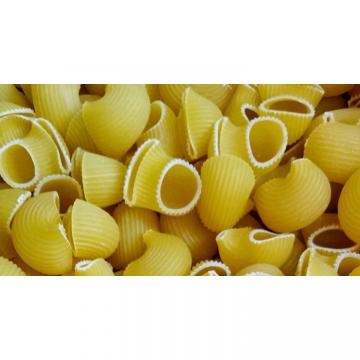

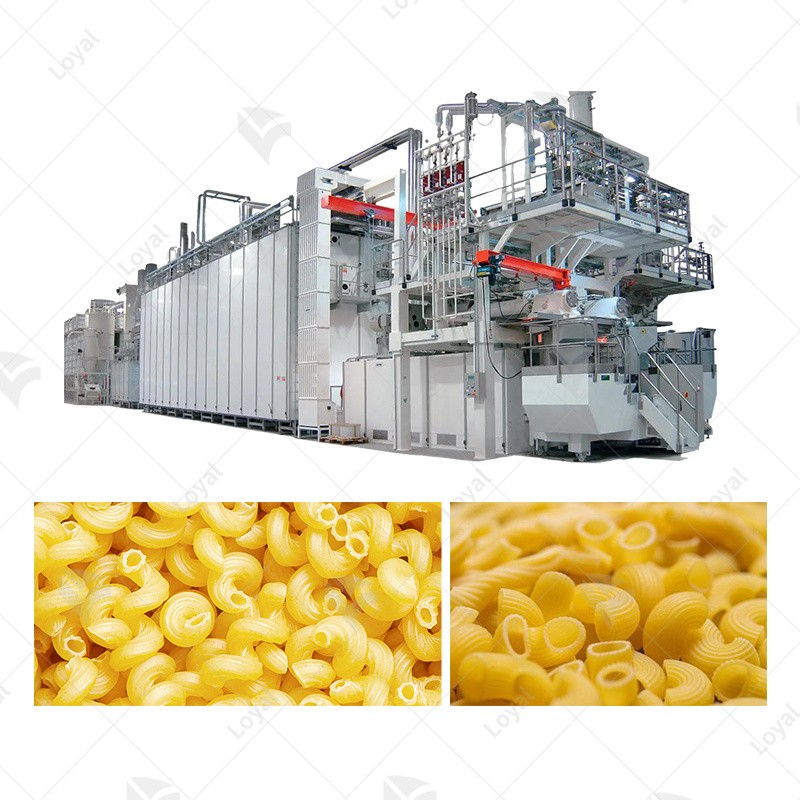

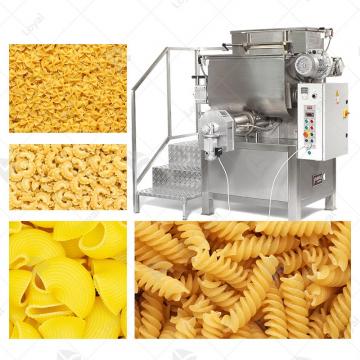
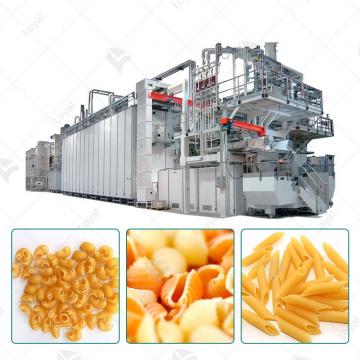 VACUUM PASTA EXTRUDER
VACUUM PASTA EXTRUDER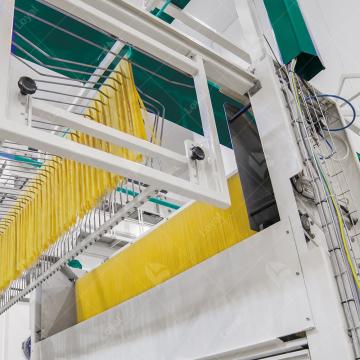 Long-Cut Pasta Production Line
Long-Cut Pasta Production Line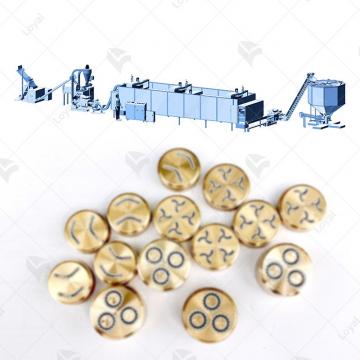 Short-Cut Pasta Production Line
Short-Cut Pasta Production Line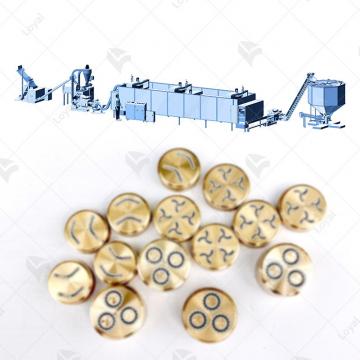 Pasta Processing Equipment
Pasta Processing Equipment